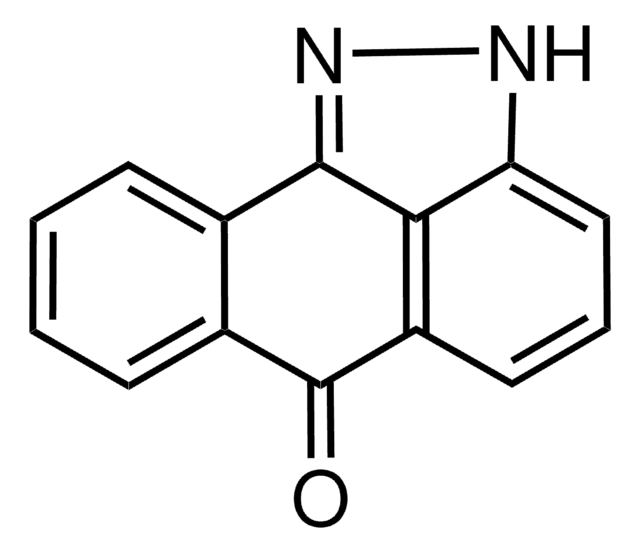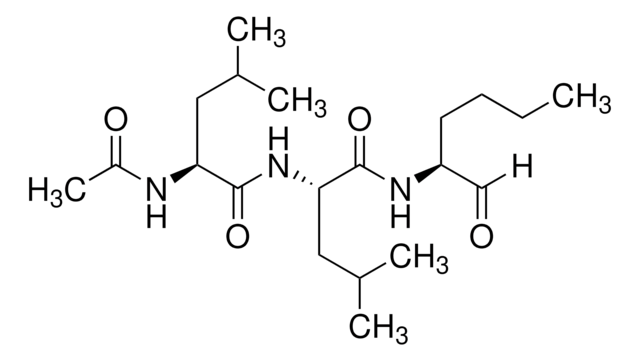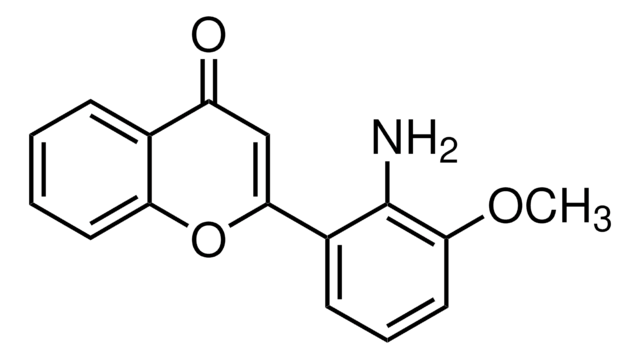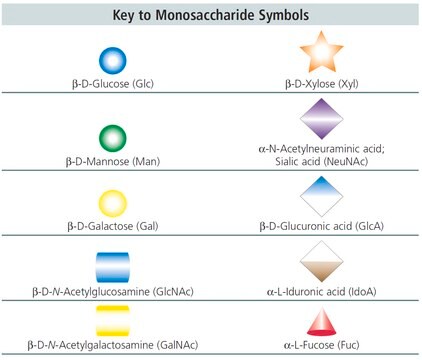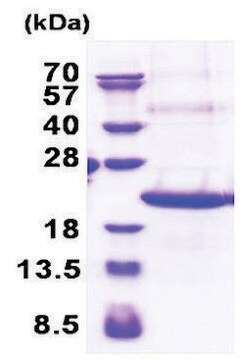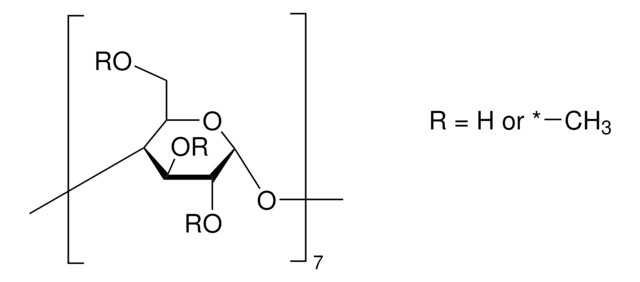420116
JNK Inhibitor I, (L)-Form, Cell-Permeable
The JNK Inhibitor I, (L)-Form, Cell-Permeable controls the biological activity of JNK. This small molecule/inhibitor is primarily used for Phosphorylation & Dephosphorylation applications.
Sinónimos:
JNK Inhibitor I, (L)-Form, Cell-Permeable, c-Jun NH₂-terminal kinase, SAPK Inhibitor I, (L)-JNKI1, ( L)-HIV-TAT₄₈₋₅₇-PP-JBD₂₀, H-GRKKRRQRRRPPRPKRPTTLNLFPQVPRSQDT-NH₂
About This Item
Productos recomendados
Quality Level
assay
≥97% (HPLC)
form
lyophilized solid
potency
1 μM IC50
manufacturer/tradename
Calbiochem®
storage condition
OK to freeze
desiccated (hygroscopic)
color
white
solubility
water: 2 mg/mL
shipped in
ambient
storage temp.
−20°C
General description
Biochem/physiol Actions
JNK
Packaging
Warning
Sequence
Physical form
Reconstitution
Other Notes
Bonny, C., et al. 2001. Diabetes50, 77.
Legal Information
Storage Class
11 - Combustible Solids
wgk_germany
WGK 1
flash_point_f
Not applicable
flash_point_c
Not applicable
Certificados de análisis (COA)
Busque Certificados de análisis (COA) introduciendo el número de lote del producto. Los números de lote se encuentran en la etiqueta del producto después de las palabras «Lot» o «Batch»
¿Ya tiene este producto?
Encuentre la documentación para los productos que ha comprado recientemente en la Biblioteca de documentos.
Nuestro equipo de científicos tiene experiencia en todas las áreas de investigación: Ciencias de la vida, Ciencia de los materiales, Síntesis química, Cromatografía, Analítica y muchas otras.
Póngase en contacto con el Servicio técnico